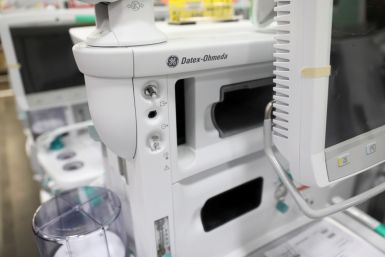Flaw Found In Electronic Driver Assist Systems May Cause Accidents, Report Says

The Insurance Institute for Highway Safety (IIHS) has warned that cars and trucks with electronic driver assist systems might not detect vehicles that have stopped and could even swerve into another vehicle or object and crash.
During a stress test of five cars, a Mercedes-Benz, a BMW, a Volvo and two Tesla models, the IIHS found that the some of the vehicles' braking systems had a flaw in its technology, the institute said in a report on Tuesday entitled "Reality Check." That flaw caused the technology to fail to recognize a stopped vehicle under different conditions.
"We have found situations where the vehicles under semi-automated control may do things that can put you and your passengers at risk, and so you really need to be on top of it to prevent that from happening," said David Zuby, the institute’s chief research officer, according to the Associated Press.
One of the tests had a vehicle drive 31 miles per hour toward a still object with its adaptive cruise control turned off and its automatic breaking initiated. The Tesla Model 3 and Model S were the only two that didn't break in time and hit the object during the track tests.
In that same test with the adaptive cruise control switched on, the Tesla cars slowed down and braked faster than the other automobiles to avoid collision with the object, the report found. All the models all had automatic emergency braking systems that were "superior," according to the IIHS.
However, the Tesla’s Model 3 and Model S didn’t stop in time and were prone to "unnecessary or overly cautious braking," the institute said. But, when the adaptive cruise control, which keeps a set distance from cars in front, is switched on, the cars braked quicker and avoided the object.
The IIHS said that the Tesla Model X crash on California highway in March points to the "operational limits of advanced driver assistance systems and the perils of trusting them to do all of the driving." The driver had been using the "Autopilot" minutes before his car hit a highway divider.
© Copyright IBTimes 2024. All rights reserved.











